
Tariffs shake global container shipping
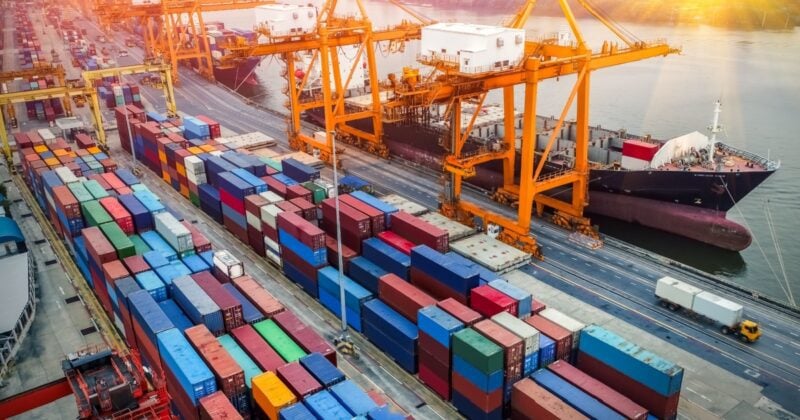
2 April was billed as "Liberation Day" as U.S. President Trump rolled out an array of tariffs designed to Make America Great Again. The result? Stock markets tanked, while politicians around the world mulled over whether retaliation or acceptance was the most suitable response.
Most economists were surprised by the severity of the new tariff regime, which included a baseline 10 percent tariff on everything from everywhere. This applies to all goods loaded on vessels from 5 April.
China is taking the brunt of the reciprocal U.S. tariffs, which have since reached 145 percent in total after it announced an 84 percent tariff on U.S. imports.
Trade continues to flow
Niki Frank, CEO, DHL Global Forwarding Asia Pacific, told CNBC that the new tariff announcements would have an impact on global supply chains.
"However, trade is like water, it will always find its way," said Frank. "So, if you try to block it one way, it will find another way. But we'll have to see how it exactly pans out and which direction things develop."
While Frank said this might eventually affect trade volumes, in the short term, the most visible result will be a rise in the cost of goods, particularly for U.S. buyers. "A lot of goods impacted by tariffs are essentials. If you need that product, you buy it irrespective of the increased cost because the alternative is you stop production," he said.
One estimate suggested the new tariffs on U.S. imports would cost American companies $1-2 billion per day. Lars Jensen, CEO of Vespucci Maritime, noted in a LinkedIn post that U.S. exports to China last year totalled $143.5 billion, while the new Chinese tariff will cost Chinese importers $48.8 billion. Switching lanes, the high U.S. imports from China last year of $438.9 billion will result in an additional cost of $149.2 billion for importers. U.S. importers will reactively try to source for affordable alternatives, but this will be more difficult given that there are new tariffs on every single country in the world.
"While the new tariff regime introduces significant challenges to global trade flows, we're seeing clients diversifying their sourcing and supply chain strategies across multiple locations to minimize disruption," said Praveen Gregory, Senior Vice President, Ocean Freight, DHL Global Forwarding Asia Pacific. "Businesses with flexible logistics partners will be better positioned to navigate these turbulent market conditions while maintaining competitive cost structures."
Beyond the tariff impact
Aside from tariffs, the development of the global container shipping market this year could have further impact on U.S. trades. As DHL's April Ocean Freight Market Update explains, the U.S. Trade Representative (USTR) has proposed 301 port fees of up to US$3.5m on vessels linked to China to counter its shipbuilding dominance.
There is no confirmed timeline for the new 301 plan. One carrier, however, has said it would simply exit the trans-Atlantic business if the plan is implemented. This exit also includes closing its American offices, laying off its U.S. personnel, and redeploying its vessels to alternative trades. Other lines have said they would stop calling at secondary ports to avoid the fees.
As Jensen told DHL in a recent webinar, not only will the fees cost around US$1,000 per FEU, but carrier responses such as skipping secondary ports will increase congestion and prompt freight rates to skyrocket to heights that could potentially dwarf the increase in cost due to new port fees.
In a recent webinar hosted by DHL Global Forwarding, Jensen outlined other risks to the global container trade. These include cuts to U.S. Customs capacity, increased workload due to tariffs that could increase delays, the renewed outbreak of violence in the Middle East, and increased geopolitical risks around the South China Sea and the Black Sea.
Balancing contract, demand and supply
For container shipping, the immediate impact is confusion for shippers trying to finalize new contracts as the landed cost of their products rises depending on their source and the size of the tariffs.
Demand could be impacted if shippers conclude they can no longer sell their products in the U.S. at elevated rates. In the first week of April, some were pausing shipments in the hope of a policy reverse.
The uncertainty around trade rules comes on top of slowing global manufacturing activity. The global manufacturing sector ended the opening quarter of the year on a lacklustre footing. At 50.3 in March, the J.P.Morgan Global Manufacturing PMI was down from 50.6 in February.
The report noted that rising concerns about the geopolitical situation, high costs and possible disruption to world trade flows from tariffs all hurt business optimism in March. Business confidence fell to a three-month low, and reduced optimism about the outlook was a major factor underlying an eighth successive month-on-month decrease in global manufacturing employment.
According to Maritime consultancy Drewry, a total of 68 sailings globally is expected to be cancelled during the month, with about half of the cancellations on trans-Pacific services. With markets soft and uncertain, carriers have announced a raft of blanked sailings throughout April, with some services skipping Chinese ports due to the tariffs. However, the Chinese port omissions give carriers the opportunity to manage an incoming surge of cargo from non-Chinese origins, before the 90-day tariff postponement expires on 9 July.
The short-term and long-tail wins
Challenges aside, there is confidence that schedule reliability will further improve this year. According to DHL's April Ocean Freight Market Update, February’s global schedule reliability increased by 3.6 percentage points month-on-month, and up by 1.8 percentage points year-on-year. It reached 54.9 percent, the highest level since May 2024.
Gemini Cooperation, the new alliance between Hapag-Lloyd and Maersk, began operations in February 2025 and achieved a schedule reliability of 94.0 percent in origin ports. MSC achieved reliability of 79.6 percent and Premier Alliance managed 60.4 percent.
Besides the recent positives, Frank noted that there will be more attention on long-term plans, such as resiliency strategies that result in suppliers continuing to move production to multiple origins. "These decisions require years of planning, meaning changes won’t happen overnight. Initiating these changes requires large investments, and we don’t believe companies will reverse their strategies. In fact, we may see more companies now thinking about how to make their supply chains more resilient and less dependent on tariffs," said Frank.
ALSO WORTH READING

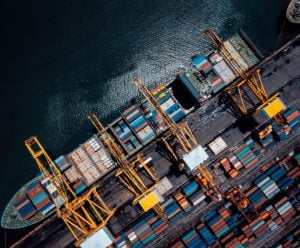
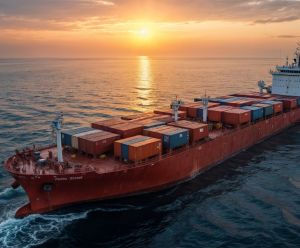
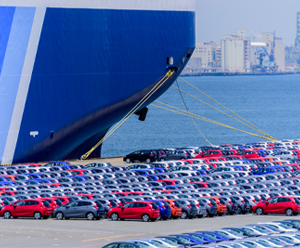



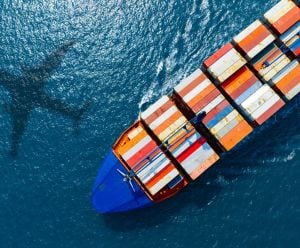




 English
English